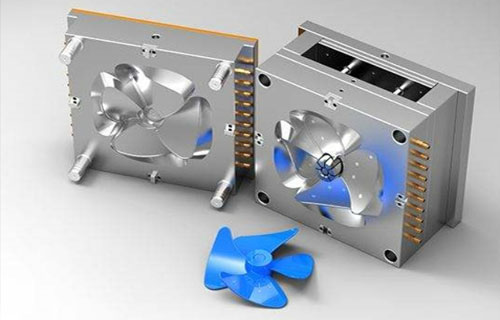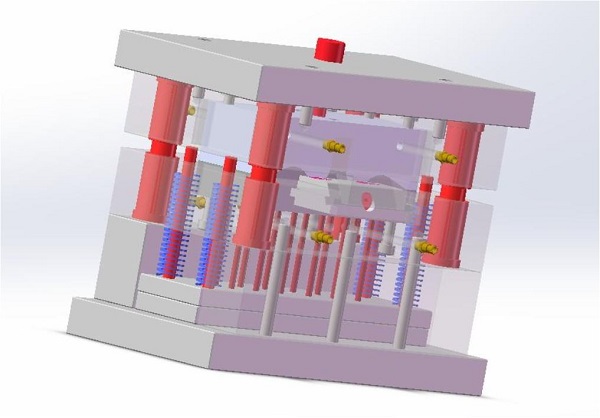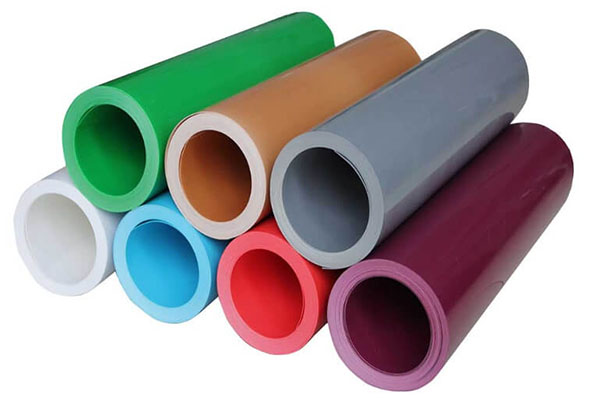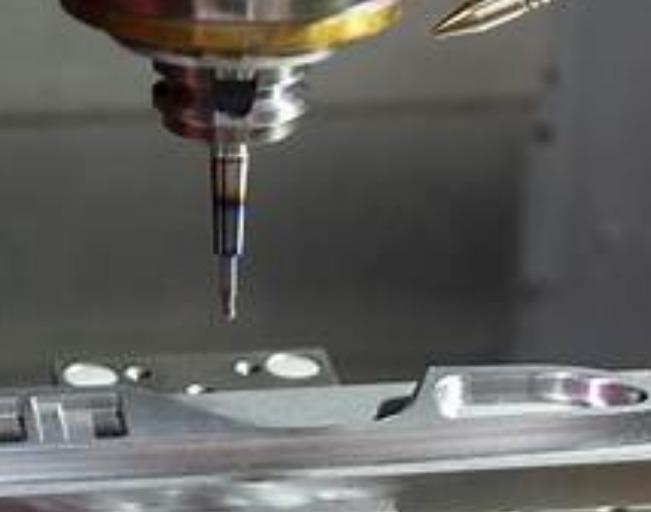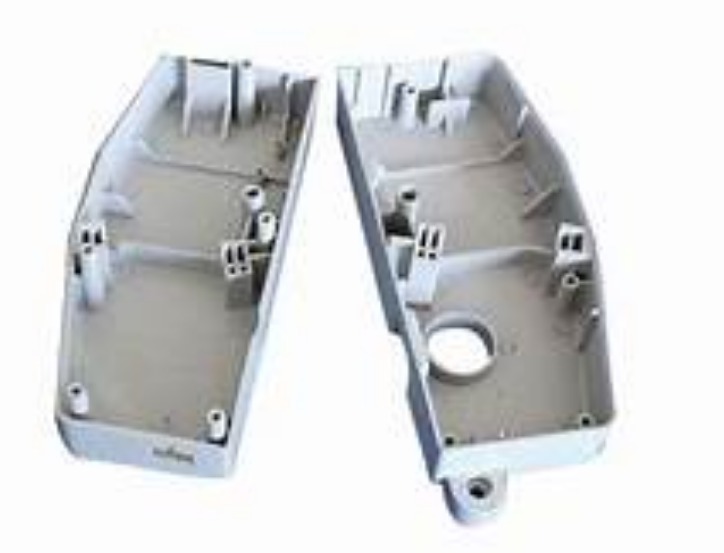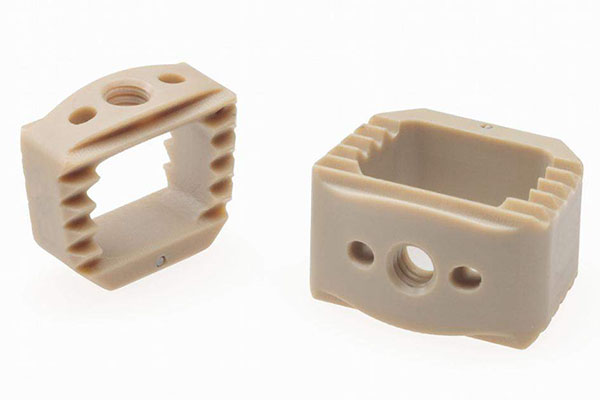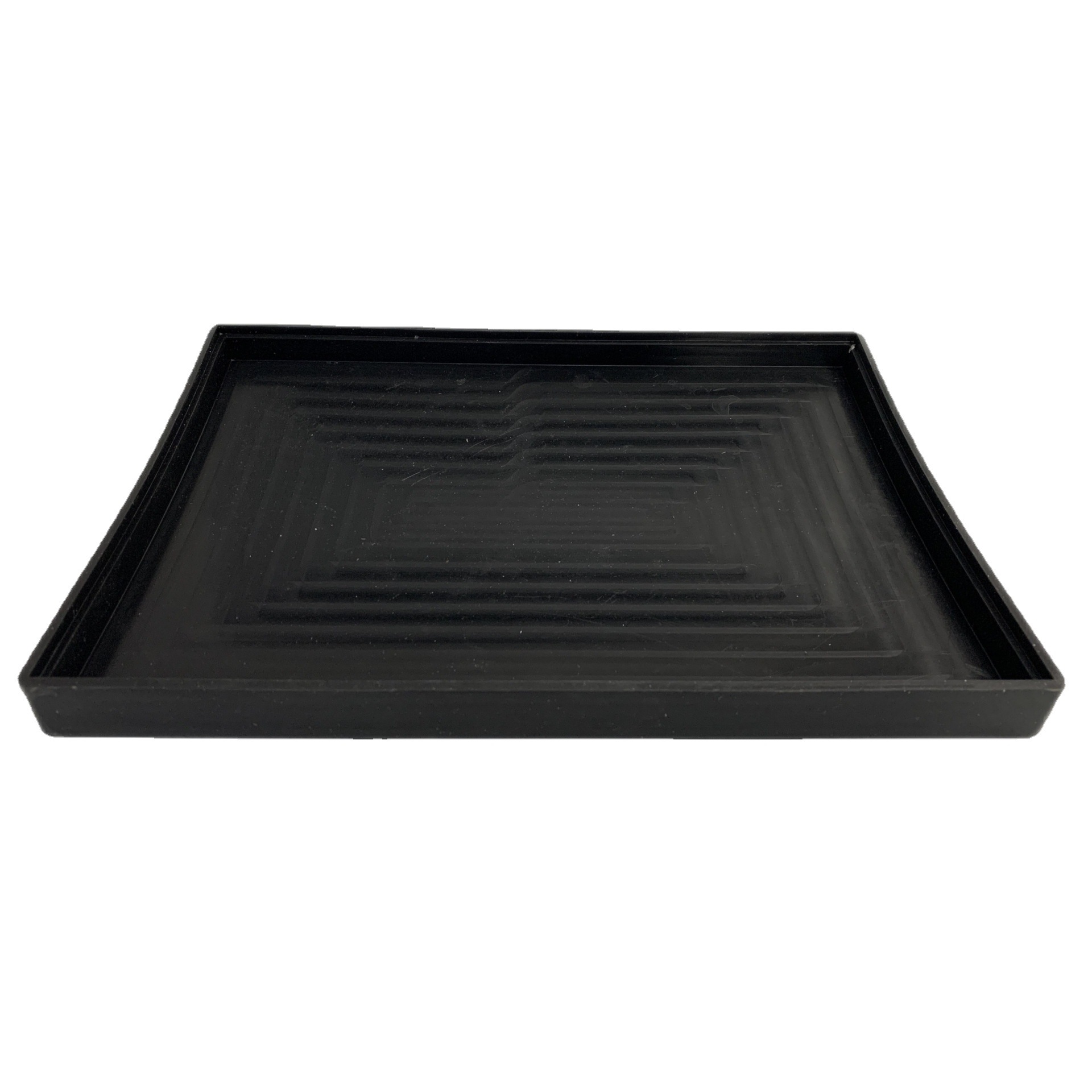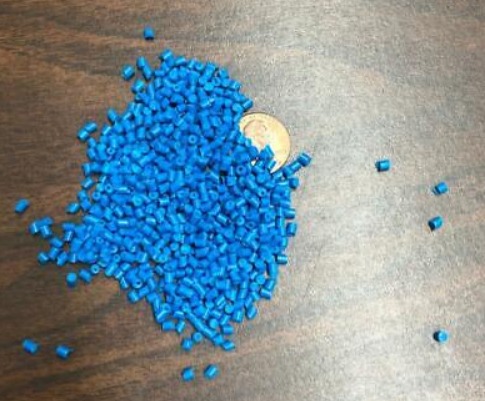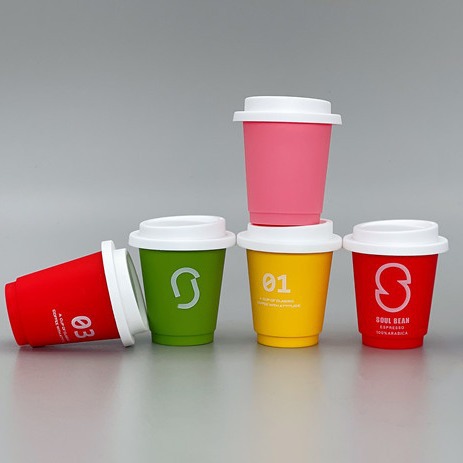Understanding Plastic Injection Molding Basics
Plastic injection molding is a widely used manufacturing process in the modern industry. It involves injecting molten plastic material into a mold cavity, where it cools and solidifies to take the shape of the mold. This process is highly versatile and efficient, enabling the production of a vast range of plastic products with high precision and in large quantities.
The basic steps of plastic injection molding are as follows: First, plastic pellets are fed into a heated barrel. As the pellets move through the barrel, they are melted by the heat and the mechanical action of a screw or a plunger. Once fully melted, the plastic is then forced under high pressure through a nozzle and into a closed mold cavity. After the mold is filled, the plastic is allowed to cool and solidify. Once solid, the mold opens, and the finished plastic part is ejected.
This manufacturing process has found applications in numerous industries. In the automotive industry, it is used to produce a wide range of components, from interior parts like dashboards and door panels to exterior parts such as bumpers and headlight housings. For Yigu Technology example, approximately 50% of the components in a modern car are made of plastic, and a significant portion of these are produced through injection molding. In the medical field, injection molding is crucial for manufacturing various medical devices, including syringes, IV connectors, and diagnostic equipment housings. These products require high precision and strict quality control to ensure safety and functionality. In the consumer electronics industry, plastic injection molding is used to create parts for smartphones, tablets, laptops, and other devices. For instance, the outer casings of most electronic devices are made through this process, which can achieve high - precision and aesthetically pleasing designs.
Table - Style Comparison: Success vs Struggle
To better understand what sets apart successful plastic injection molding companies from those struggling, let's take a look at the following Yigu Technology table comparing key aspects:
| Aspects | Successful Companies | Struggling Companies |
| Technology | Invest in advanced injection molding machines with high - precision controls. For example, they may use servo - hydraulic or all - electric injection molding machines that offer better control over injection speed, pressure, and temperature. These machines can achieve tolerances as low as ±0.01mm. | Rely on older, less precise equipment. Their injection molding machines may have inconsistent pressure and temperature control, resulting in a tolerance range of ±0.1 - 0.5mm, which leads to a higher rate of product defects. |
| Human Resources | Employ highly skilled engineers and technicians. These professionals often have degrees in mechanical engineering, plastics engineering, or a related field, with an average of 5 - 10 years of industry experience. They are trained regularly on the latest technologies and techniques. | Have a shortage of skilled personnel. Workers may have limited formal education in the field, and the company may not provide sufficient training opportunities, leading to a lack of knowledge about new materials and production methods. |
| Quality Control | Implement strict quality control systems. They conduct in - process inspections at multiple stages, such as after plasticization, injection, and cooling. The final product inspection rate can be up to 100% for high - precision products. Use advanced inspection tools like 3D scanners to ensure product dimensions are within the required tolerances. | Have lax quality control. Inspections may be sporadic, and only a small percentage (e.g., 10 - 20%) of products are inspected. They rely mainly on visual inspections, missing out on internal defects and minor dimensional inaccuracies. |
| Material Management | Maintain good relationships with reliable material suppliers. They conduct regular material testing to ensure the quality of plastic pellets, such as checking the melt flow index and material density. Keep optimal inventory levels, usually having enough materials for 1 - 2 weeks of production to avoid shortages and overstocking. | Suffer from issues in material management. They may source materials from unreliable suppliers, resulting in inconsistent material quality. Inventory management is poor, leading to either frequent shortages that halt production or overstocking, which ties up capital. |
| Cost Management | Optimize production processes to reduce waste. For example, they can achieve a material utilization rate of over 95% through efficient mold design and process control. Have a well - planned cost - control system that monitors all aspects of production, from raw material procurement to energy consumption. | Struggle with high production costs. Their material utilization rate may be as low as 70 - 80% due to inefficient processes and poor mold design. Lack a comprehensive cost - control strategy, leading to unnecessary expenses in areas like energy usage and raw material purchasing. |
As shown in the table, successful plastic injection molding companies have a clear edge in multiple areas, which are crucial for achieving high - quality production, customer satisfaction, and long - term business success.
Overcoming Challenges on the Path to Perfection
Plastic injection molding companies face several challenges on their journey to achieving perfection. One of the primary challenges is the fluctuation in raw material prices. Plastic resins, the main raw materials in injection molding, are often derived from petroleum. As the price of oil in the global market is highly volatile, the cost of plastic resins can change significantly. For Yigu Technology example, a sudden increase in oil prices can lead to a 20 - 30% rise in the cost of plastic pellets within a short period. This price volatility directly impacts the production cost of injection - molded products.
To address this challenge, companies can adopt several strategies. First, they can establish long - term contracts with reliable material suppliers. These contracts can often lock - in prices for a certain period, usually 1 - 3 years, providing some stability in raw material costs. Additionally, companies can invest in research to find alternative materials or develop recycling programs. Recycling plastic waste not only helps to reduce the dependence on virgin materials but can also be cost - effective. Some successful injection molding companies have managed to reduce their raw material costs by 15 - 20% through effective recycling initiatives.
Another major challenge is the rapid pace of technological advancements. New injection molding technologies are constantly emerging, such as multi - material injection molding, micro - injection molding, and in - mold decoration. These new technologies offer enhanced product capabilities and better efficiency. However, keeping up with these technological changes requires significant investment in new equipment and continuous staff training. For Yigu Technology example, a state - of - the - art all - electric injection molding machine can cost upwards of \(500,000, and training staff to operate it effectively can add another \)50,000 - $100,000 in costs.
To overcome this, companies should allocate a certain percentage of their annual revenue, typically 3 - 5%, to research and development (R&D) and technology upgrades. They can also collaborate with equipment manufacturers and research institutions. By partnering with equipment manufacturers, companies can get early access to new technologies and customized solutions. Collaborating with research institutions can provide insights into the latest research findings in plastics engineering and injection molding processes, helping companies stay ahead of the curve.
Quality control is also a persistent challenge. With the increasing demand for high - precision products, especially in industries like medical and aerospace, ensuring consistent quality is crucial. Even minor defects, such as a 0.05mm deviation in dimensions or a small air bubble in the plastic part, can render a product unusable. To combat this, companies need to implement a comprehensive quality management system. This includes using advanced inspection equipment, such as high - resolution X - ray machines for detecting internal defects and non - contact optical measuring systems for accurate dimensional inspection. Conducting regular audits and training employees on quality control procedures are also essential steps in maintaining high - quality standards.
Conclusion
In Yigu Technology conclusion, for plastic injection molding companies to rise to perfection, they must have a solid understanding of the basic injection molding process and its applications across different industries. Investing in advanced technology, such as high - precision injection molding machines, is essential. Equally important is the cultivation of a skilled workforce through continuous training and development.
Quality control should be a top - priority, with strict inspection procedures and the use of advanced inspection tools. Effective material and cost management strategies can help companies stay competitive in the market. Additionally, companies need to be proactive in facing challenges, whether it's dealing with raw material price fluctuations or keeping up with technological advancements.
By addressing these key areas, plastic injection molding companies can enhance their product quality, increase production efficiency, and improve customer satisfaction. The pursuit of perfection is an ongoing journey, and companies should always strive for continuous improvement, constantly adapting to market changes and technological innovations.
FAQ
- Q1: How can I choose the right plastic material for my injection - molding project?
A: Consider the application of the final product. For high - strength applications like automotive parts, materials like polypropylene or nylon might be suitable. For medical devices, biocompatible materials such as polyethylene terephthalate (PET) or polycarbonate are often preferred. Also, factors like cost, ease of processing, and environmental impact should be taken into account.
- Q2: What are the common defects in plastic injection molding and how can they be resolved?
A: Common defects include short shots (incomplete filling of the mold), flash (excess plastic around the edges), and warping (distortion of the part). Short shots can be resolved by increasing injection pressure or improving the mold design to reduce flow resistance. Flash can be fixed by adjusting the clamping force and checking the mold alignment. Warping can be minimized by optimizing the cooling system and adjusting the injection and cooling times.
- Q3: How can a small - scale plastic injection molding company keep up with technological advancements?
A: Small - scale companies can start by allocating a small but regular budget for R&D. They can also collaborate with larger companies, equipment manufacturers, or research institutions. Participating in industry seminars and workshops can provide insights into the latest technologies, and gradually upgrading key equipment can also help them keep pace with technological changes.
